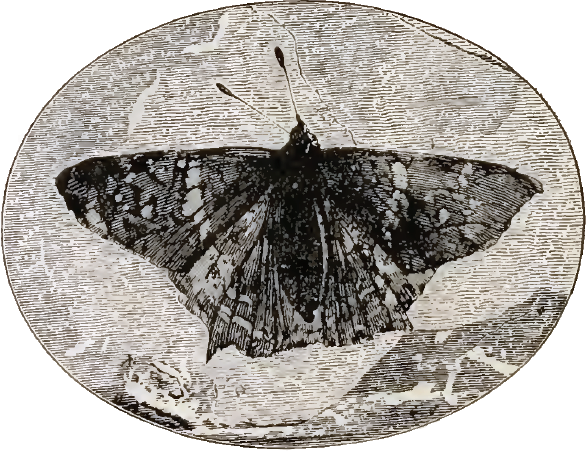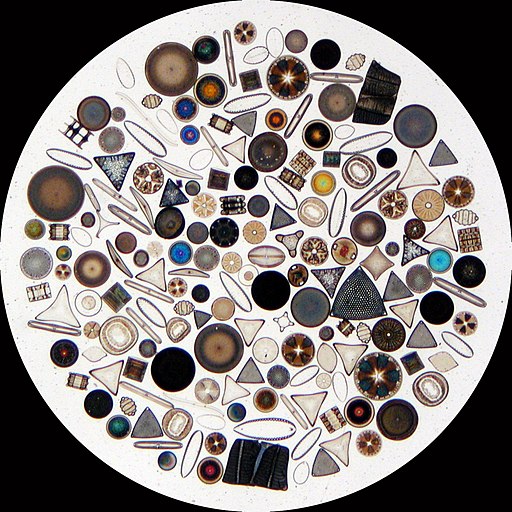Friday, December 31, 2010
Thursday, December 30, 2010
Wednesday, December 29, 2010
Liberty as Death
After the Iranian hostage crisis (1979-1981), the walls of the former US embassy [in Tehran] were covered in mostly anti-US-murals.
Tuesday, December 28, 2010
Duria Antiquior, a more ancient Dorset
One of the earliest examples of paleontological art, painted in 1830 by Henry de la Beche.
Monday, December 27, 2010
Primordial virus
Elk Cloner: The program with a personality
It will get on all your disks
It will infiltrate your chips
Yes it's Cloner!
It will stick to you like glue
It will modify ram too
Send in the Cloner!Sunday, December 26, 2010
Aztec algae cakes
An illustration from the Florentine Codex showing how the Aztecs harvested spirulina off lakes by skimming the surface with ropes (right) and then drying the algae into square cakes which would be eaten as a nourishing condiment (left).
I've had juice drinks containing spirulina as an additive, but I didn't know it could be eaten straight.
Friday, December 24, 2010
Wednesday, December 22, 2010
Stars in hyperspace
This clip shows four-dimensional geometric forms as they would look passing through our three-dimensional world, like the sphere passing through the plane in Flatland.
Tuesday, December 21, 2010
Peacock mantis shrimp
This creature is one of the strangest crustaceans in the sea. For one thing, its eyes contain twelve different color receptors (humans have three). For another, this shrimp can snap its claws with force equivalent to a pistol shot, creating a brief burst of light and heat. With an overzealous strike, a mantis shrimp can even break its own aquarium.
Sunday, December 19, 2010
Types de plumes
Illustrations of bird feathers by Adolphe Philippe Millot
Saturday, December 18, 2010
The voice of Parasaurolophus
The sounds are synthesized using a virtual model of the dinosaur's head; its hollow crest would have served as a resonator.
Friday, December 17, 2010
A recording from Edison's phonograph
A chorus of 4000 voices was recorded with a phonograph, over 100 yards away, on yellow paraffin cylinder. The recording was made by Col. George Gouraud, foreign sales agent for Thomas Edison, at the Crystal Palace, London, England on, June 29, 1888. The musical composition is "Israel in Egypt" by George Frideric Handel, conducted by August Manns.The recording is beautifully spooky, with the choir's ethereal voices blending into mechanical scratches and thumps from the recording medium.
Thursday, December 16, 2010
Wednesday, December 15, 2010
Prodryas
19th century engraving of Prodryas persephone, a fossil butterfly
A version of this image appears in a book with the delightfully Victorian title Frail Children of the Air. Ironic, then, that this "child of the air" has become anything but frail in death, having been pressed and preserved in stone. On the original fossil, one can even see ghostly hints of veins, scales, and patterns on its wings.Monday, December 13, 2010
This is a wug
A wug is a small, flightless bird whose natural habitat is on tests of children's ability to form plurals.
Image source.
Image source.
Sunday, December 12, 2010
Saturday, December 11, 2010
World views
Though intended to represent medieval beliefs (following a common misconception), the flat world depicted here is actually more akin to that of Homeric or Old Testament cosmology. In the Middle Ages, the prevailing cosmological model was geocentric (with a round Earth surrounded by celestial spheres), as laid out in Dante's Paradiso.
Friday, December 10, 2010
Wednesday, December 8, 2010
Diatoms
Though these (more images here) look like glass beads or jewels-- and can likewise be used to make artistic designs-- they're actually the shells of microscopic, unicellular marine algae.
Tuesday, December 7, 2010
Monday, December 6, 2010
Elements of geometry
 |
| Illustrations by Johannes Kepler depicting the traditional correspondences between Platonic solids and classical elements. Source. |
Saturday, December 4, 2010
Friday, December 3, 2010
Markovian parallax denigrate
jitterbugging McKinley Abe break Newtonian inferringBack in the prehistory of the Internet, numerous messages like the one quoted here, long strings of apparently random words, were posted to Usenet with the subject line "Markovian parallax denigrate".
caw update Cohen air collaborate rue
sportswriting rococo invocate tousle shadflowerSome were signed "Susan Lindauer"; while this name may have been as randomly selected as the words themselves, it happens to be the name of an American journalist suspected of working as a spy for the Iraqi government.
Debby Stirling pathogenesis escritoire adventitious novo
ITT most chairperson Dwight Hertzog differentIf the Markovian messages were indeed signals rather than noise (e.g., nonsense created by an experimental random generator), they could be the Internet equivalent of numbers stations on shortwave radio, through which spies send coded strings of numbers or NATO alphabet letters which look random to those who don't have the key.
pinpoint dunk McKinley pendant firelight Uranus
episodic medicine ditty craggy flogging variacThe world may never know.
brotherhood Webb impromptu file countenance inheritance
cohesion refrigerate morphine napkin inland Janeiro(Update, December 10: I managed to dig up a sample of the original messages, which all have different random subject lines and bizarre randomly-selected sender names such as "Eric Inhale" and "Glyceride". There are pages and pages of these, amounting to thousands of messages, all with the same time stamp. I also found this thread, which speculates that the messages were the work of a banned user who hijacked someone else's computer:
nameable yearbook hark
The only common denominator is that the posting host has been set to Jan Isleys machine in Atlanta - probably as revenge for his legitimate cancelling activities.This does strike me as more plausible than the messages being a form of covert communication.)
The name of the perp that springs to mind is Bob Allisat... It may not be, but it has the same level of content and interest as the blank verse he spams across Usenet :) He also has a long running (and on Bobs side) bitter feud with Jan & Atlanta in general.
Thursday, December 2, 2010
The evolution of a fossil
Changing reconstructions of Kimberella, a Precambrian fossil invertebrate, which was first interpreted as a jellyfish and later as a snail-like mollusk.
More recently, another fossil creature has undergone a more dramatic reinterpretation: Nectocaris, originally interpreted as a sort of crustacean-eel chimera and, thanks to the discovery of numerous new specimens, now identified as the earliest known squid.Wednesday, December 1, 2010
Subdivided Platonic solids
Some of these forms resemble Ernst Haeckel's drawings of the marine protozoa called radiolaria:
They also look like less-chaotic versions of another beautiful 3D fractal, the Mandelbulb.
Subscribe to:
Comments (Atom)





















